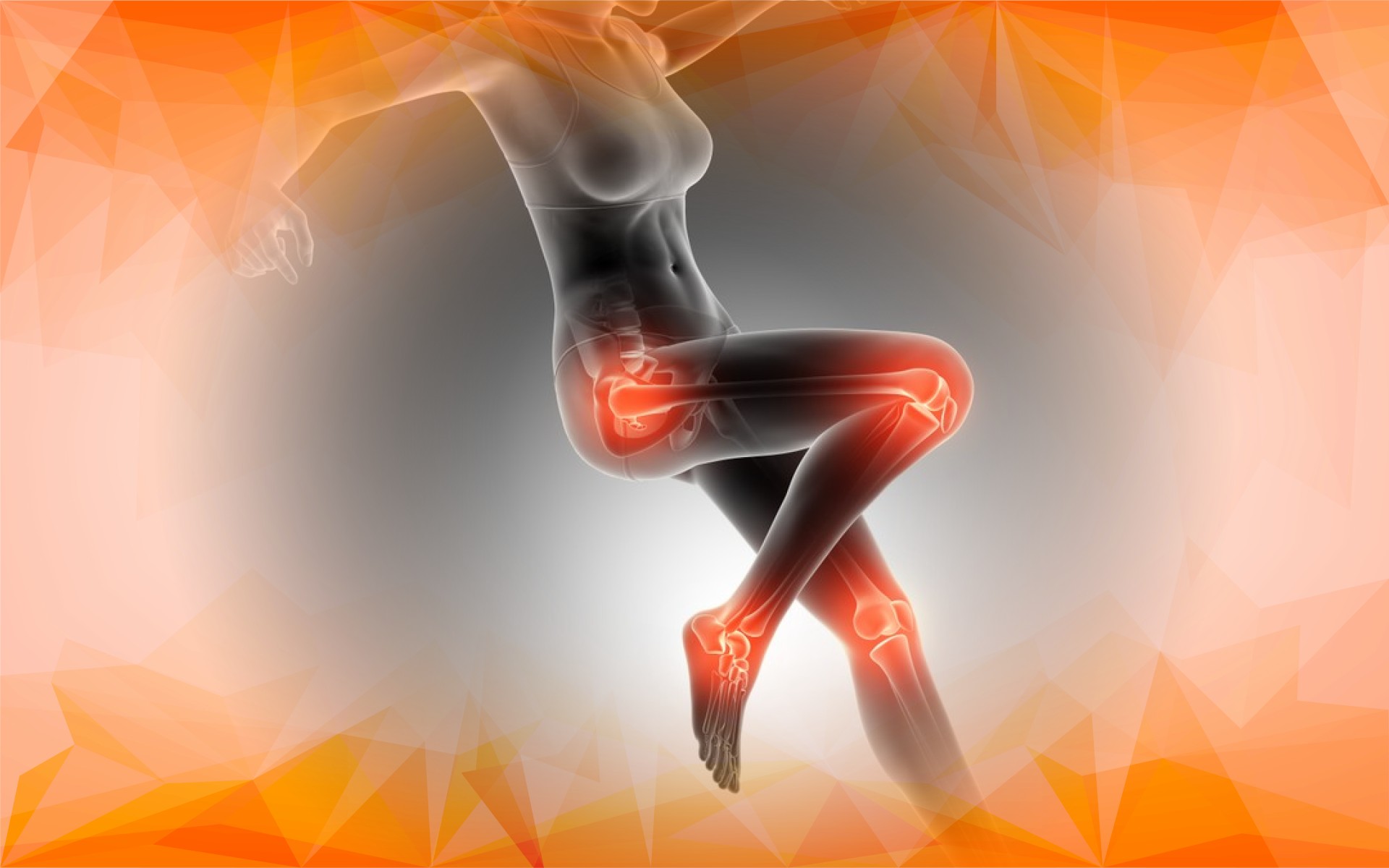Introduction
Our knees are essential for staying active and mobile, but they’re also highly susceptible to wear and tear as we age. When the cartilage —the smooth, cushioning tissue covering the ends of our bones—begins to break down, it can lead to pain, reduced movement, and disruption of everyday activities. Two of the most common conditions associated with cartilage deterioration are chondromalacia and knee osteoarthritis . While both conditions involve damage to the cartilage, they arise in different ways and vary in severity. In this article, we’ll break down what happens during cartilage deterioration , how it contributes to knee instability, and what this means for your daily life and well-being.
What Are Chondromalacia and Knee Osteoarthritis?
Chondromalacia refers to the softening or damage of the cartilage beneath the kneecap ( patella ). Cartilage acts like a sponge—its unique structure provides both strength and flexibility to help absorb the forces of movement. When this tissue becomes worn or softened, it can no longer cushion the joint properly and is more susceptible to further injury. Chondromalacia is often seen as an early sign of knee joint problems and may cause pain when climbing stairs, squatting, or after prolonged sitting.
Knee osteoarthritis , on the other hand, is a more advanced condition that affects not just the cartilage but the entire joint. Over time, the cartilage wears down completely in some areas, and changes such as bone spurs and joint inflammation can occur. This leads to chronic pain , stiffness, swelling, and limited motion. Understanding the distinction between these conditions helps guide the best treatment approach for each individual.
Challenges in Diagnosing Cartilage Damage
Detecting cartilage damage in its early stages can be tricky. Standard X-rays are excellent at visualizing bones but do not show cartilage, so early changes often go unnoticed. Fortunately, modern imaging techniques such as MRI provide clear, detailed views of cartilage and surrounding soft tissues. MRI can reveal areas where the cartilage has softened, cracked, or thinned, enabling earlier and more accurate diagnosis.
Sometimes, doctors may use arthroscopy—a minimally invasive procedure where a tiny camera is inserted into the knee—to look directly at the cartilage. While these tools have improved diagnosis, treatment decisions should be personalized. Surgery isn’t always recommended for every patient or at every stage. For example, cartilage removal is generally avoided in adolescents or when rapid progression of cartilage damage is likely, as further deterioration can compromise the knee .
How Is Cartilage Damage Treated?
Treatment for cartilage deterioration nearly always starts with non-surgical methods. Physical therapy is fundamental; strengthening the muscles that support the knee can help take pressure off the joint and improve symptoms. Managing weight and making activity modifications can also significantly relieve stress on the knees.
If non-surgical measures aren’t enough, surgical treatments may be considered. Options such as microfracture surgery encourage new cartilage growth, while cartilage transplantation can refill damaged areas with healthy tissue. In some cases, adjusting the alignment of the bones ( osteotomy ) helps reduce strain on damaged cartilage . The choice of treatment depends on factors like age, activity level, the extent of the damage, and personal preferences.
No single treatment works for everyone, and sometimes less invasive surgeries are appropriate before considering major interventions like partial or total knee replacement . The key to success is a tailored treatment plan focused on the patient’s needs and lifestyle.
Looking Ahead: Protecting Your Knee Health
Cartilage deterioration is a major cause of knee instability and loss of mobility, which can dramatically affect quality of life. While chondromalacia and osteoarthritis represent different stages of this process, both benefit from early diagnosis and a proactive approach to management. Advances in medical imaging and new treatment techniques continue to improve outcomes and help people maintain active lifestyles.
The future holds promise, with ongoing research into methods that could help detect cartilage problems earlier and even regenerate damaged tissue. By staying attentive to knee pain , seeking prompt medical advice, and following personalized care plans, you can protect your knee health and keep moving comfortably for years to come.
References
Wiles, P., Andrews, P. S., & Bremner, R. (1960). Chondromalacia of the patella. Journal of Bone and Joint Surgery – British Volume, 42-B(1), 65-70. https://doi.org/10.1302/0301-620x.42b1.65
Norman-Taylor, F., Mannion, S. J., & Villar, R. N. (1995). Chondromalacia Coxae. Hip International, 5(3-4), 121-123.
Beasley, A. W. (1975). Chondromalacia of the Patella. Australian and New Zealand Journal of Surgery, 45(4), 409-411. https://doi.org/10.1111/j.1445-2197.1975.tb05784.x
Frequently Asked Questions
Chondromalacia involves the softening or damage of cartilage beneath the kneecap, mainly causing pain during activity. Knee osteoarthritis is a more advanced condition where cartilage wears down extensively, often affecting the whole joint and causing chronic pain, stiffness, and swelling. AMSK Clinic provides specialist assessment for both conditions.
AMSK Clinic utilises advanced diagnostic methods such as MRI and arthroscopy, offering a clear view of cartilage and soft tissue changes. This enables earlier and more accurate detection of cartilage damage compared to standard X-rays, supporting personalised care pathways for each patient’s knee health.
At AMSK Clinic, non-surgical treatments include comprehensive physical therapy to strengthen knee-supporting muscles, tailored exercise programmes, and guidance on weight management and activity modifications. These approaches help relieve knee pain and slow cartilage deterioration, aiming to maintain mobility and improve overall quality of life.
Surgery at AMSK Clinic may be considered if non-surgical treatments do not provide sufficient relief. Options include procedures like microfracture, cartilage transplantation, and alignment corrections. Each treatment is tailored to individual needs, ensuring patients receive the best possible care based on their condition and lifestyle.
AMSK Clinic boasts expertise in diagnosing and treating cartilage conditions with cutting-edge technologies and minimally invasive options. With a patient-centred approach, AMSK Clinic creates bespoke treatment plans and offers the latest innovations, such as Arthrosamid® injections, to help patients regain movement and manage symptoms effectively.




